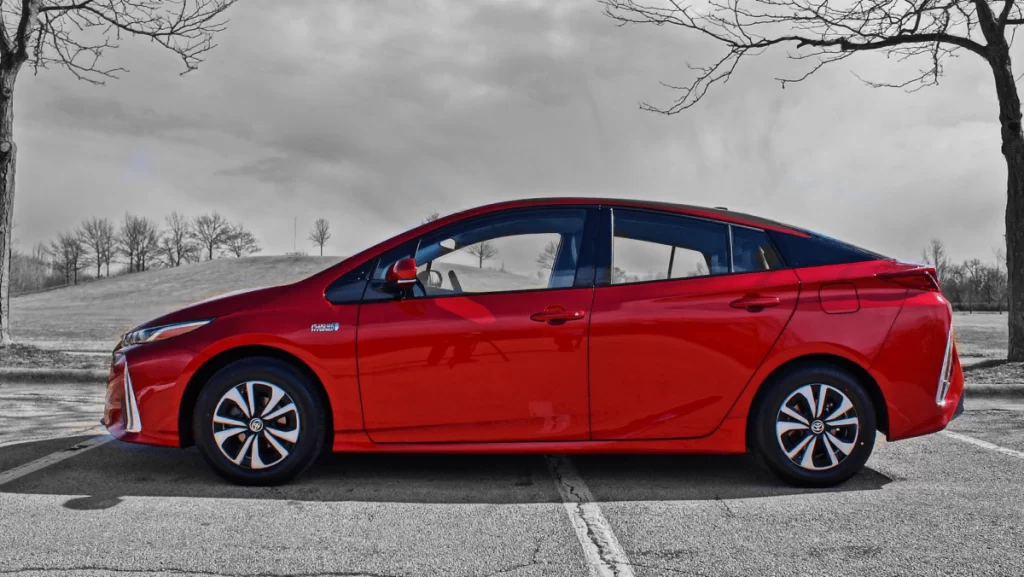Fuel-powered cars are gradually being replaced by alternative fuel vehicles. The most prominent is the hybrid car. In the region, hybrid cars have become common. Despite this, few people understand what they are and the mechanics behind them. We previously touched on what is a hybrid car, and today we will look at the 3 main types of hybrid cars.
Car enthusiast or not, you have probably come across a hybrid car, not unless you work from home and never leave the confines of your home office. But even so, you probably have a neighbor or a relative who owns one. Anyway, the motoring world is facing a major shift from the norm.
Hybrid car technology is not new as illustrated in the history of hybrid cars infographic. It has faced sibling rivalry from the internal combustion engine (ICE) for the longest time. As if that is not enough, its fully-electric counterpart is lurking around the corner.
However, we must agree that hybrid cars are here for good and might be the best option for the remainder of the century.
How do Hybrid Cars work?
Every car manufacturer has its hybrid car version. This is making it difficult for many to understand the technology, myself included.
Simply put, a hybrid vehicle uses two different power sources. These main power sources are an internal combustion engine and an electric motor (s). This is to maximize efficiency while reducing carbon emissions. The two energy sources can either work together or separately.
As in, the standard petrol/diesel engine and electric motors can work in unison or singly.
In a unique and interesting setup, the ICE works as a generator. Hybrids with this setup are range extenders or series hybrids.
What are the 3 Main Types of Hybrid Cars?
Mild Hybrid Cars
In mild hybrids, the gas engine does most of the work while the electric motor supplements it. Most importantly, the ICE is the only system connected to the drive train.
The two work hand in hand and none can work independently. While the ICE powers the wheels, the electric motor powers other components such as the AC. It can also assist while in traffic or when coming from a dead stop.
Since the electric motor is not charged/plugged in, it gets its power from the ICE or regenerative braking.
Examples include
Suzuki Ignis

Full Hybrid Cars
Similar to mild hybrids, full hybrids come with an electric motor and an ICE. Also referred to as parallel hybrids, they can be powered/propelled by either the combustion engine or the electric motor, or both.
Though the range of the electric motor is small, the motor comes in handy when driving at slow speeds such as in traffic or for short distances. This in essence saves on fuel as low speeds consume more fuel. Over long distances, a considerable amount of fuel can be saved.
As we have seen in mild hybrids, full hybrids are also not charged/plugged in. They are self-charging.
Examples of full hybrid cars available in Kenya include the Honda Fit Shuttle Hybrid we recently reviewed and;
Toyota Prius

Honda Insight

Lexus RX 450h

Plug-in Hybrid Electric Vehicles (PHEVs)
Plug-in hybrids are similar to full hybrid cars but they pack larger batteries. As the name suggests, they can be plugged in. Fundamentally, the electric motors can be recharged by the engine or by plugging in, into an external power source.
With larger batteries, the electric motor has a longer range. Therefore, after charging your PHEV you can drive in electric mode without worry since the gasoline engine will take over if the electric power dies.
The most popular PHEV is the Mitsubishi Outlander PHEV

Points to Note
- Majority of the car manufacturers have committed to increasing the electrification of their cars soon thus most of the cars on the road will either be hybrids or full-electric.
- In mild hybrids, the electric motor is not connected to the drivetrain. Instead, it assists the combustion engine.
- ‘Mild’ in mild hybrid cars simply means that the electric motors provide less power. However, they are hybrids.
- The full hybrids and PHEVs have similar setups only that plug-ins can be charged from an external socket.
- Plug-in hybrids are a bridge between the full hybrid system and the full eclectic vehicle system.
Hybrid car technology has majorly advanced. Almost all car makers have a hybrid car version with billions of dollars committed to improving the technology.
Keep it carffeine.africa for continued coverage of hybrid and electric vehicle technology. Feel free to share any experiences you might have had with hybrid cars. We would be glad to hear from you.

